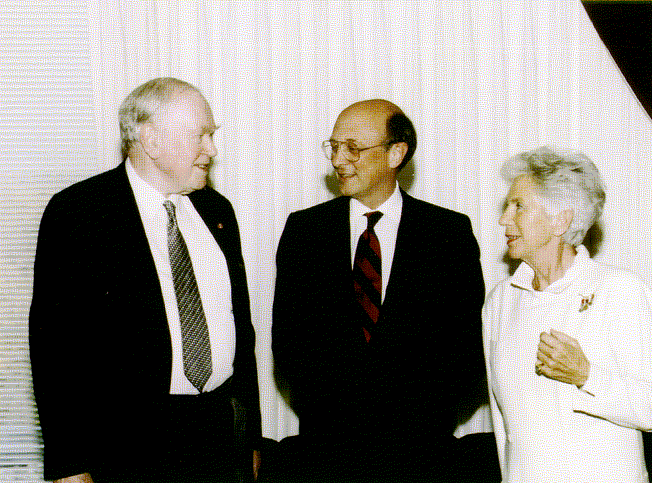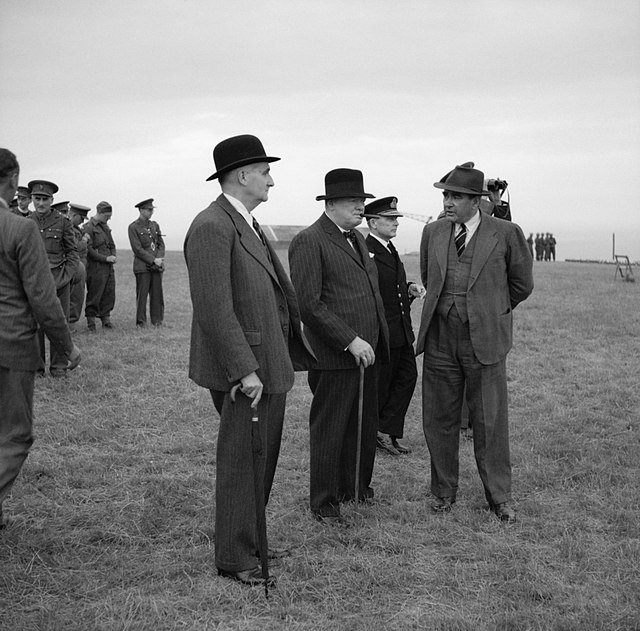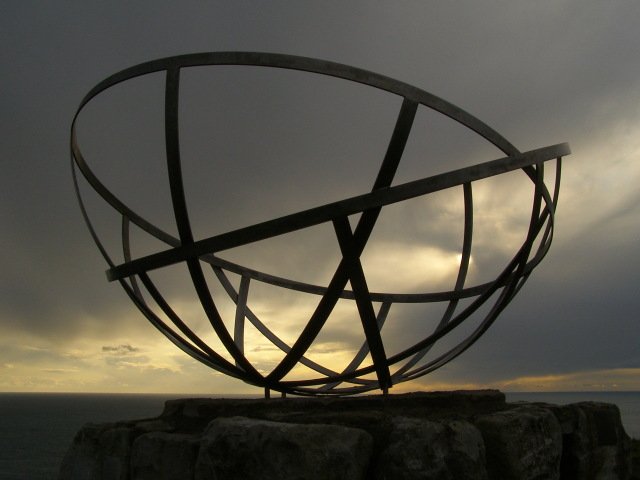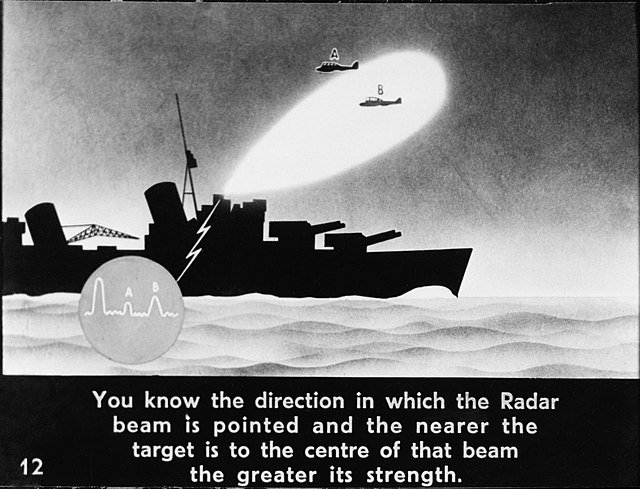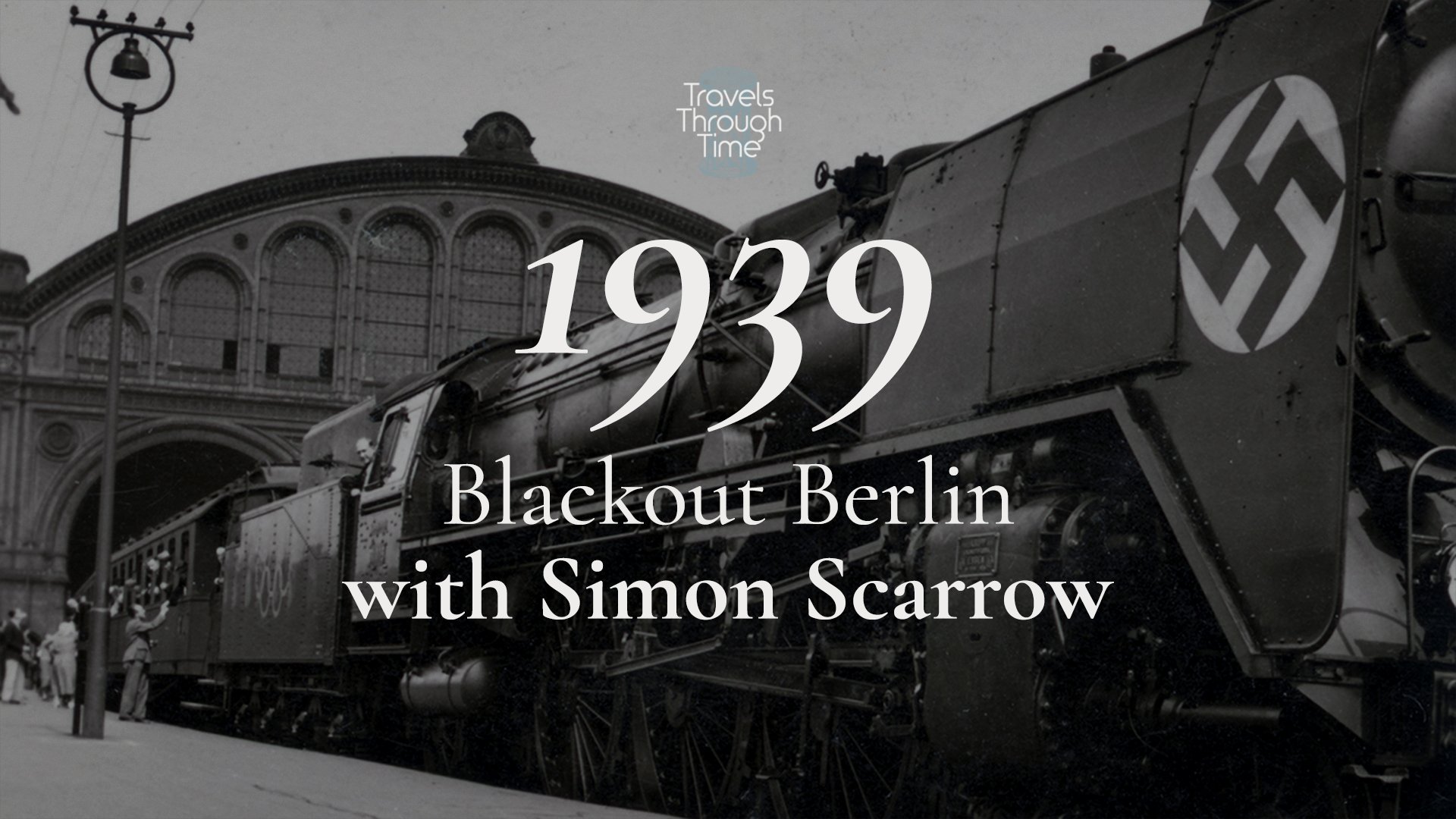The Battle of the Beams: Tom Whipple (1940)
Tom Whipple, author of The Battle of the Beams
In this episode we speak to Tom Whipple, science editor of The Times, about a critical and little understood moment at the start of the Second World War. 1940, as we find out, was the year of many things. It was the year of Blitzkrieg, the Fall of France, the coming of Churchill. It was also the year of the Battle of the Beams.
*** [About our format] ***
There are many World War Two archetypes. There is the tank commander, the flying ace, the daring general and the malicious propagandist. We can instantly conjure up figures like these whenever we read or speak about the war. Another character of the time is ‘the boffin’.
Less glamorous, perhaps, and certainly slower-moving, the boffin was nonetheless an essential part of the history of the times. These boffins were the clever university types who worked behind these scenes on new technologies that were designed to give their countries the edge . Often, as in the case of Alan Turing, it would take decades for their work to be properly appreciated. And, as Tom Whipple explains, this was certainly the case with R. V Jones.
In 1940 Jones was just 28 years old. Despite his youth he had already carved out something of a reputation for himself. He had a degree in natural sciences from Oxford, an incisive mind, a self-confident streak and some firm connections at the top of the British government. One day in June 1940 he arrived at work to discover that he was required to attend a meeting at the Cabinet Office in Whitehall.
An extraordinary sequence of events followed. Jones soon found himself in a room with Winston Churchill, the new prime minister; Lord Beaverbrook, the minister of aircraft production; Hugh Dowding, the leader of Fighter Command; Sir Charles Portal, chief of Bomber Command, and Sir Archibald Sinclair, the Air Minister.
All these were discussing the possible existence of some mysterious ‘beams’ which were, apparently, guiding the Luftwaffe to their various targets across England. To many of them this seemed absurd. But not to Jones.
Jones had suspected that the Germans were using radio waves in creative new ways for several months. When it was his turn to contribute, he seized the opportunity. For 20 minutes he spoke, explaining the scientific possibility of long-range Lorenz beams as guides for precision bombing. By the time he finished, Churchill was completely won over by his theory.,
So began an episode which has passed into history as ‘The Battle of the Beams’. Throughout the perilous summer of 1940, Jones, working alone, sought to identify and neutralise the beams. Often constrained by partial data sets, much depended on the accuracy of his calculations. As the weeks ticked by, the air over Britain filled with a completely new kind of radio traffic. Some of it came from Germany; other messages meant to disrupt or distort were generated in Britain. While the Nazis sought clarity, the British sought confusion.
During the summer and autumn of 1940 the system continued to evolve. Then, in early November 1940, rumours of a huge German air raid began to circulate in British intelligence. After the crash of an enemy plane on Chesil Beach in Dorset more clues arose about the potential destination. Now Jones was confronted with a terrible dilemma. Which town was going to be attacked?
‘It was a diabolical bit of gambling, as you can imagine, he said. ‘Because if one’s wrong perhaps five hundred people are dead in the morning.’
***
RV Jones is the central character in Tom Whipple’s new history of the radio wars. It is called The Battle of the Beams: The Secret Science of Radar That Turned the Tide of WW2 and it is out this week.
*** Listen to the Podcast ***
Show Notes
Scene One: 21 June 1940. RV Jones attends a meeting at the cabinet room in Whitehall.
Scene Two: Soon after. June 1940. With Flight Lieutenant Bufton/Corporal Mackie on a mission to find Jones’s ‘beams’ over Britain.
Scene Three: 6 November 1940. At the crash site of a Heinkel III bomber at Chesil Beach in Dorset
Memento: Vera Cain’s (RV Jones’s wife) diary.
People/Social
Presenter: Peter Moore
Guest: Tom Whipple
Production: Maria Nolan
Podcast partner: Ace Cultural Tours
Theme music: ‘Love Token’ from the album ‘This Is Us’ By Slava and Leonard Grigoryan
Follow us on Twitter: @tttpodcast_
See where 1940 fits on our Timeline
About Tom Whipple
Tom Whipple is the science editor at The Times. He covers everything from archaeology to zoology. He writes news, features, reviews and commentary across the paper, as well as appearing regularly on Times Radio. He joined the paper in 2006, shortly after graduating with a degree in mathematics.
Battle of Britain Air Observer
A Douglas Dakota of BOAC, silhouetted by night at Gibraltar by the batteries of searchlights on the Rock, as it is prepared for a flight to the United Kingdom.
Listen on YouTube
Complementary episodes
Winston Churchill and Victory in North Africa: Anthony Tucker-Jones (1943)
In this episode we take a look back at the career of Winston Churchill, one of the twentieth-century’s great figures.
Blackout Berlin: Simon Scarrow (1939)
The Number One Bestselling novelist Simon Scarrow takes us on a walking tour of Berlin in the winter of 1939.
The Matter of Everything: Dr Suzie Sheehy (1932)
In this episode, we are donning our lab coats and gaining access to the secrets of particle physics.




